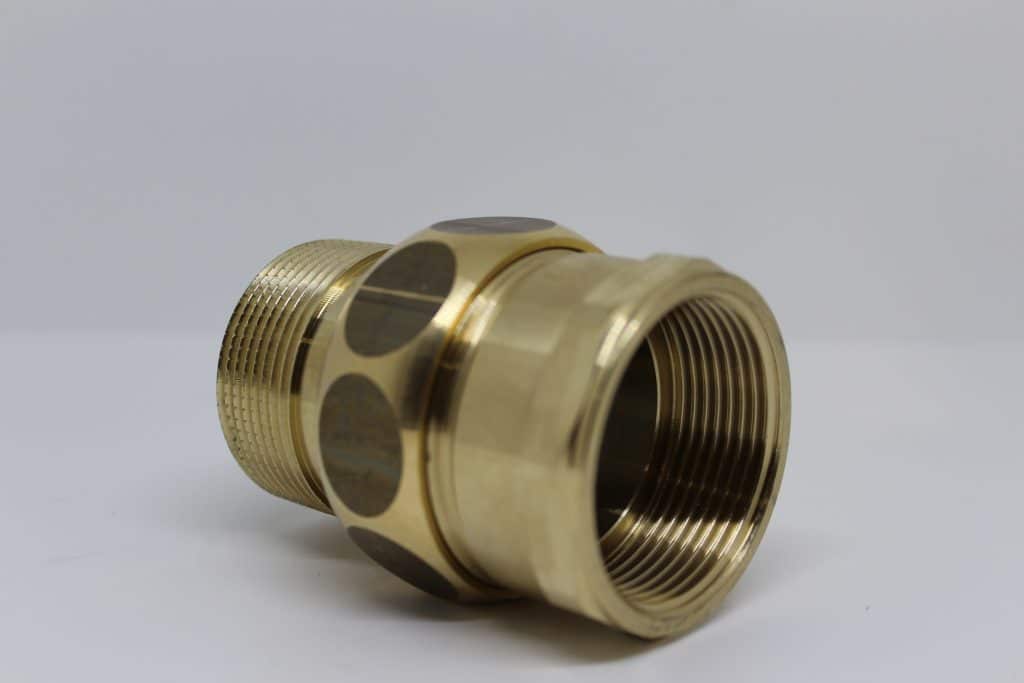pvd coating
Best Chillers for Your PVD/Vacuum Coating System
Arguably the “temperature failsafe” of any thermal spraying operation, thermal chillers are a key component in efficiently coating your target surface while protecting your spraying equipment. Some chillers use water, and some use air. Many are split systems, and others are a single appliance.
However, the primary goal for each chiller is the same: work well with the thermal spray equipment to adequately cool when and where cooling is necessary.
There are a few key features that put a thermal spray chilling system in the lead in terms of “best chiller,” and it all comes down to what kind of chiller will provide an even surface of thermal spray and mitigate the most heat risk.
This comes down to two key facets of operation:
- Versatility
- User Temp Control
The Best Kind of Chiller System Works Alongside Different PVD Styles
There are a few more common ways in which PVD systems distribute fine particles over a given substrate. HVOF distributors combust gases usually (hydrogen, kerosene, methane, propane or propylene) at high speeds for a very thick coating. This kind of thermal spray fixes larger, thicker surfaces.
Plasma spraying uses a DV arc and heated jet to melt and ionize the powder, and this kind of thermal coating is great for surfaces that require high melting-point substances. Sometimes considered the most efficient form of thermal spraying, arc spraying melts two consumable wires around an electric arc, and compressed gas shoots them forward.
While this is not a conclusive list, it shows just how different various thermal spray methods can be from each other. There are different gases involved in each process, as the substrate in each case is assumed to change. Various tools have different nozzles, different tubing, various optimal spray differences, etc.
A good chilling system is adaptable and can work with the different methods of thermal spraying presented. While this versatility can be difficult to find as a lone factor in the wild (market), some companies pride themselves on chillers that are widely used and have good feedback.
It Helps to Know What Temperatures Work Best With Your System
The principal goal you’re going for when you use thermal spraying is a surface that is both even and sticks well to the surface it is being applied toward. This is true no matter what kind of method you use.
Another thing that is constant between all methods is the fact that you are looking for a balance in temperature that will allow whatever powder consumable or wire consumable, etc, to be reduced down to the finest particles that it can be reduced down to before spraying while also making sure that your nozzle doesn’t melt!
The absolute best chiller systems are efficient — they work rapidly to cool when you deem it necessary. You want sensor feedback that lets you know if you’re straddling a temperature threshold on either side, and you want to quickly regain control.
So, while the best chiller is a more versatile type, the best chiller and chiller system is one that uses efficient chemicals alongside giving you all the control you need. For a thorough assessment of what your chiller needs might be, consider consulting with an expert!
